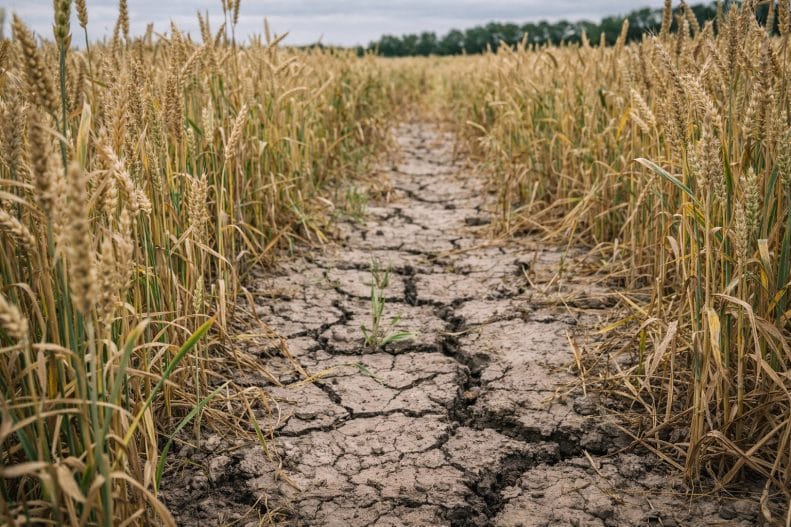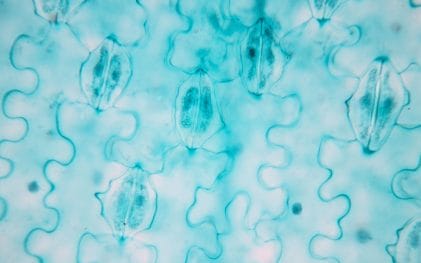Latest photosynthesis
Using the CI‑340 Handheld Photosynthesis System for Drought Stress Trials in Wheat
Drought stress trials in wheat often come down to one core question: how efficiently is the plant still exchanging gas as water becomes limiting? The CI-340 Handheld Photosynthesis System is designed for exactly this type of work. In field plots, greenhouses, and controlled environments, the CI-340 Handheld Photosynthesis System gives researchers direct access to photosynthesis,… Continue reading…

Additional reading
Understanding Drought Impact on Crop Yield: Stages, Mechanisms, and Adaptations.
Drought’s impact on crop yield affects plant stages differently, moderated by genotype and external environmental factors. Very early drought can inhibit germination and seedling establishment, reducing stand density and yield. Drought during reproductive and grain filling can reduce yield quantity and quality more than during the growth phases. Drought is the primary environmental stress crop… Continue reading…
Measuring Heat Stress on Forest Trees
The impact of high temperatures directly and alone on trees is significant without the associated drought. Heat effects are recorded at cellular, leaf, and tree levels, inhibiting tree growth and productivity or even mortality. More research is necessary to fully understand the effects of heat stress, which must be supported by on-site, non-destructive data collection… Continue reading…
Microalgae and Artificial Photosynthesis for Renewable Energy
Microalgae’s natural photosynthesis, which uses carbon dioxide in the presence of sunlight, is harnessed to produce electricity and biofuels for renewable energy. Artificial photosynthesis, biomimics, and natural photosynthesis use semiconductors to capture light and fix ambient CO2. Artificial photosynthesis systems produce two types of fuels: hydrocarbons (methane, methanol, and formic acid) and pure hydrogen. Challenges… Continue reading…
Mastering Precision Agriculture: A Comprehensive 6-Question Guide
Precision agriculture, also known as precision farming, uses modern technology to raise the caliber and output of agricultural practices. In the early 20th century, we discovered the drawbacks of conventional farming techniques, leading to revolutionary technique development. We live in a time when the agricultural sector is about to undergo a complete transformation because of… Continue reading…
Exploring Plant Nutrient Status: Q&A on Chlorophyll Fluorescence Measurements
This Q&A article explores the fascinating world of chlorophyll fluorescence, a process where plants emit light from energy loss during photosynthesis, and how it relates to plant nutrient status. Chlorophyll fluorescence measurements provide valuable insights into plants’ photosynthetic efficiency and overall health, allowing researchers and agriculturalists to optimize nutrient management techniques. By utilizing advanced root… Continue reading…
Advancing Fruit Fly Suppression Research: The Role of the CI-203 Handheld Laser Leaf Area Meter
In recent years, fruit fly infestations have posed significant challenges to the agricultural industry, particularly fruit production. Among the problematic species, the Melon Fly (Bactrocera cucurbitae) and the Oriental Fruit Fly (B. dorsalis) have been particularly detrimental. Dr. Grant McQuate, a researcher at the USDA in Hilo, Hawaii, has devoted his career to understanding the… Continue reading…











